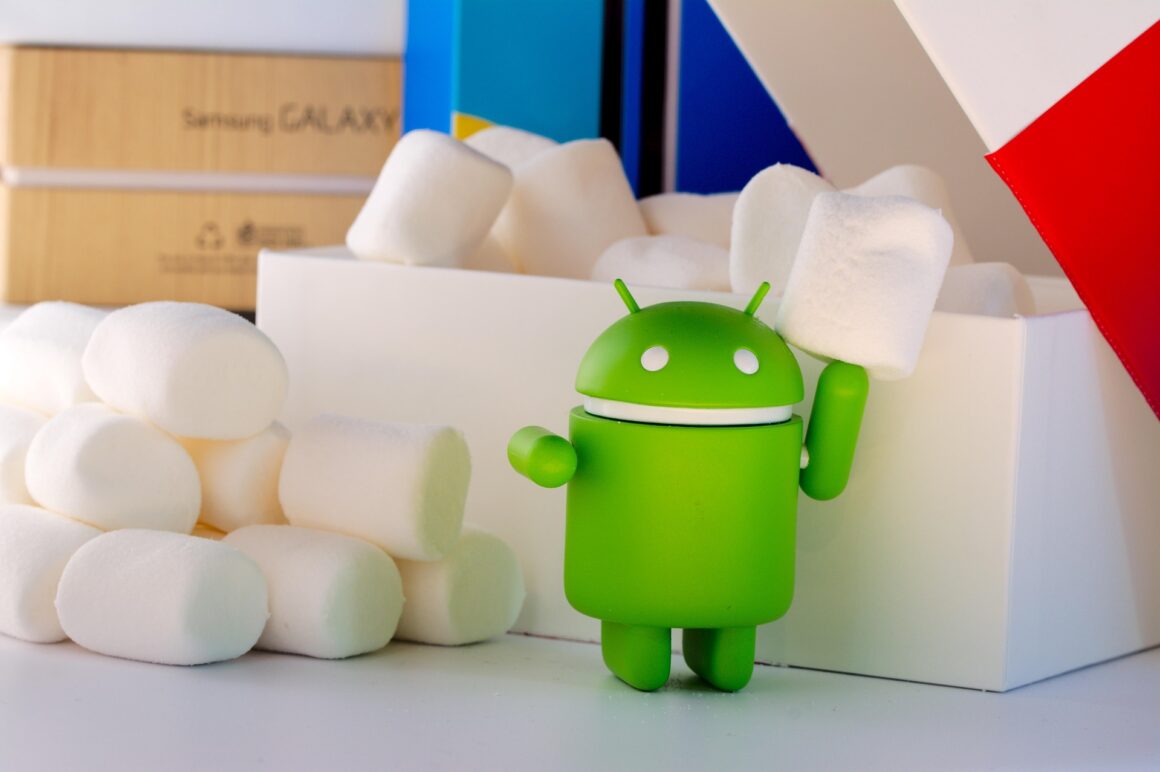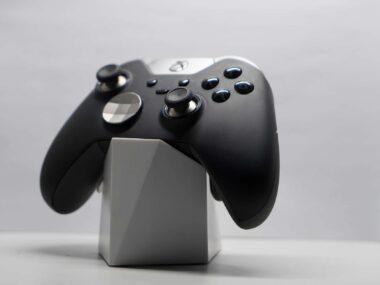Google recently confirmed that ChromeOS and Android will merge into a single unified platform. Sameer Samat, President of the Android Ecosystem, officially announced the merger in 2025 during an interview with TechRadar, ending years of speculation.
From a technical standpoint, this makes sense. Maintaining one unified platform will make development easier for Google and hardware manufacturers. It also means Google can focus on improving how laptops, tablets, and phones work together, instead of treating them like separate ecosystems.
Microsoft is doing something similar with Windows and Xbox. Apple has been moving in this direction for years. It was only a matter of time before Google followed.
While this sounds good on paper, it raises a bigger question:
Will merging ChromeOS and Android finally fix the OS upgrade problem on mobile?
What’s Actually Changing?
The backend of ChromeOS will be rebuilt on Android’s Linux kernel and core frameworks. This change started quietly in 2024, and it’s part of a larger project to speed up development cycles, add AI features, and make cross-device use smoother.
If you’re a Chromebook user, Google plans to keep the ChromeOS interface the same, for now. This is especially important for schools and businesses that rely on ChromeOS every day. Google doesn’t want to startle them with a sudden redesign. The focus is on backend unification, not forcing people to learn a new system overnight.
The goal is simple: Make laptops, tablets, and phones work together like they’re part of one environment, not three separate ones.
This could also fix one of ChromeOS’s long-standing problems: Android app support. Right now, Android apps run on Chromebooks, but it’s clunky. Apps often don’t resize properly for laptop screens, and mouse and keyboard support is hit or miss. With Android 16’s new desktop-style windowing, this is finally changing.
Android 16 introduces:
- Overlapping, resizable windows like on Windows or macOS
- A full-featured taskbar for multitasking
- Multi-desktop support and keyboard shortcuts
- True external display support with a desktop interface
These changes are huge. Android isn’t just a mobile OS anymore. It’s becoming a desktop-class system. The ChromeOS merger is part of that shift.
The OS Upgrade Problem That Needs Solving
While I like the idea of merging ChromeOS and Android, the real test will be whether this changes how Google handles OS upgrades.
When I buy a computer, I expect the operating system to stay current as long as my hardware can run it. That’s what happens with Windows. When Windows 11 came out, my machine met the requirements. The upgrade from Windows 10 was smooth. No problems. That’s how it should be.
Phones are a different story.
Every time I buy a new phone, I feel like I’m already behind. The phone usually comes with an older version of Android and gets upgraded not to the latest version, the one before that, when it first connects to the internet. For example, the phone will be advertised to have Android 14 for example. The phone has Android 13 installed and updates to Android 14. That counts as one of my OS upgrades. The phone would not receive the Android 15 update one would think because Android 13 was initially installed. After that, I’m locked into a limited number of security updates, no matter how powerful the phone is.
The problem isn’t entirely Google’s fault. It’s the phone manufacturers. The experience feels punishing. If I invest in powerful mobile hardware, I should get OS and security updates as long as my device works and meets the requirements. Instead, it feels like I’m being forced to buy new hardware just to stay current.
That’s not how it works on desktops. It’s not how it should work on mobile devices either.
Can the Android-ChromeOS Merger Change This?
Merging ChromeOS and Android creates an opportunity to rethink the upgrade system. ChromeOS has traditionally handled updates more like Windows: Regular security patches, seamless OS updates, and a focus on long-term usability, especially in schools and enterprises.
Android, on the other hand, has struggled with fragmentation for years. A significant number of devices are still running Android 12 or below. As of mid-2025, Android 14 is the most widely used version globally. Android 15 is rolling out slowly, and Android 16 is barely out of beta.
That leaves millions of devices on older versions, even if they’re technically capable of running the new ones.
Some of this is about business. Manufacturers want you to buy new phones. If Google is serious about merging its platforms, the upgrade system needs to work like it does on desktop: If your hardware can handle it, you should get the update.
That’s the real challenge here. It’s not just about merging codebases. It’s about merging expectations.
What About Privacy?
Another question that always comes up with Android is privacy. Android often gets labeled a “privacy nightmare,” but the reality is more complicated.
Android 16 adds serious new protections:
- Advanced scam and fraud detection
- Better theft protection and factory reset restrictions
- Live threat detection for app integrity and sideloading risks
- More control over app permissions and background activity
A current, regularly updated Android device is not inherently less private than a Windows PC or a Chromebook. Device fragmentation makes Android riskier for people who are stuck on older versions. That’s why OS updates matter so much in this conversation.
ChromeOS is often seen as safer because it’s more locked down, especially in schools. School Chromebooks are heavily monitored. Administrators can track browsing history, control installed apps, and even monitor location. That’s not about Google collecting data. It’s about schools using management tools to enforce rules. For personal privacy, a home Chromebook is very different from a school-managed one.
Privacy on Android is much better today than it used to be, but long-term security depends on staying updated. That’s where the unified OS could help. If Google gets the update model right. If the phone meets the requirements for Android 16, all phones should easily upgrade to it.
Can You Install the Latest Android?
If you want to install the latest Android version yourself, it’s technically possible, but complicated.
You can use custom ROMs like LineageOS or AOSP builds, but you’ll need:
- A phone with an unlockable bootloader
- A compatible CPU and hardware drivers
- Community-supported builds for your device
You’ll lose some features, like the manufacturer’s camera software or hardware optimizations. There’s always a risk of bricking the phone if something goes wrong.
This is an option for tech-savvy users who want a clean, privacy-focused Android experience. It’s not a solution for the average person who just wants regular updates.
Google merging ChromeOS and Android is a smart technical move. It will simplify development, improve cross-device workflows, and bring Android closer to a desktop-class experience.
The real test is whether this changes how Google handles OS updates on mobile devices.
If the merger leads to a future where phones, tablets, and laptops get regular updates like desktops do, that’s a win for everyone. If not, it’s just a backend shift that solves Google’s problems but leaves users stuck in the same upgrade cycle.
That’s why the biggest question isn’t how Google is merging ChromeOS and Android. Whether they’ll finally fix the upgrade problem while they do it.






